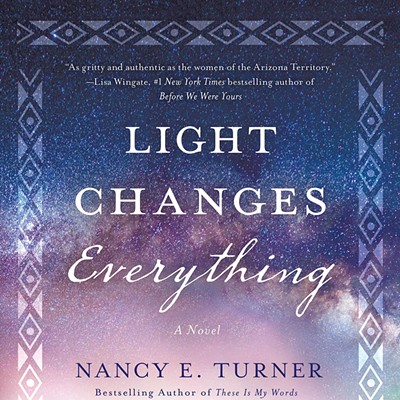Fortunately, this is not a problem with The Peruvian Notebooks, in which author Braulio Muñoz tries to take an immensely complicated approach to the basic "immigrant tale." Muñoz was born in Peru. Before he moved to America, he was both a stage actor and a political leader. This is his first novel written in English; he is currently a professor of sociology at Swarthmore College in Pennsylvania. One of the first immigrant stories told from the Peruvian point of view written in English, The Peruvian Notebooks takes the redundancy of the immigrant story and throws it out the window.
In this story, Antonio Alday Gutiérrez is a Peruvian immigrant with visions of the American Dream of acquiring money and success. While struggling through the trials and tribulations of the pilgrimage, he reinvents himself and renames himself Anthony Allday.
In the beginning of the novel, Anthony is waiting to be picked up by police for a crime he has committed; the story takes place in the hours Anthony is waiting for the police to arrive. During these hours, Anthony flashes back to different periods of his life using his Peruvian notebooks, in the process telling the tale of his assimilation into American culture and painting the portrait of what Anthony did to destroy his dream.
The plot isn't drab, but it is very complicated and challenging; it may turn off an average reader. The way this novel is written almost requires a reader to keep a notebook of his or her own, as he or she follows the jumpy timelines, remembers all the characters and deciphers the Spanish terms.
For example, Muñoz will state a word like "destino" and define it once. Since the author uses such a multitude of Peruvian words and phases, by the time he uses a word a second time, the reader has completely forgotten its meaning. The reader's choice: Spend extra time backtracking to find the word's first reference, guess a definition, skip the word or go to a dictionary for translation.
The jumpy timeline can also be tough to follow at first. I didn't catch on to the order of events until halfway through the tale. Anthony is randomly looking though his Peruvian notebooks and introduces a new character without any description as to who he or she is. I started backtracking in the hopes that I missed something. Suddenly, 50 pages later, the previously undescribed character was introduced. I'm dumbfounded as to why I had to trench through the muddy streets of Tacora, Peru, without a tour book.
While the book is a difficult read, it has quite a few positive facets. Muñoz's use of description is extraordinary, and the reader can really put his or her finger on the pulse of Peruvian culture. I felt like I personally stood in line waiting to use the sole water spigot to wash my hair in that apartment complex, while I learned a little bit about each of the other Peruvian tenants in front of me.
The character development, albeit choppy at times due to the structure, is very realistic. You feel like you know the people Muñoz develops. You are taken on a 20-year journey, going back and forth, meeting the important characters that mold Anthony into his present-day self.
The Peruvian Notebooks has both merit and faults. The story takes the redundancy of a standard immigration story and twists it with a more post-modern approach. For a reader looking for a nice, relaxing novel that can be put down for days at a time, this book won't work. For a person that is looking for an extremely complex and scholarly written piece of fiction, this is a gem.








